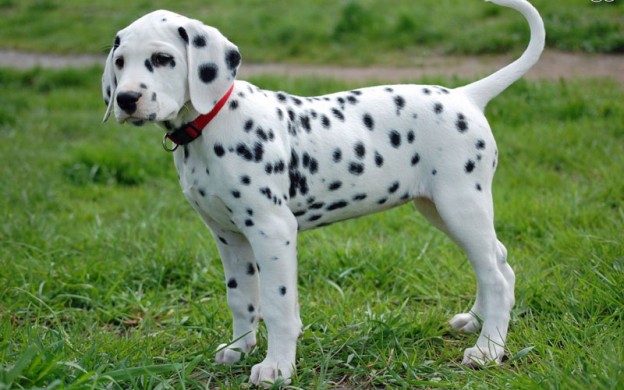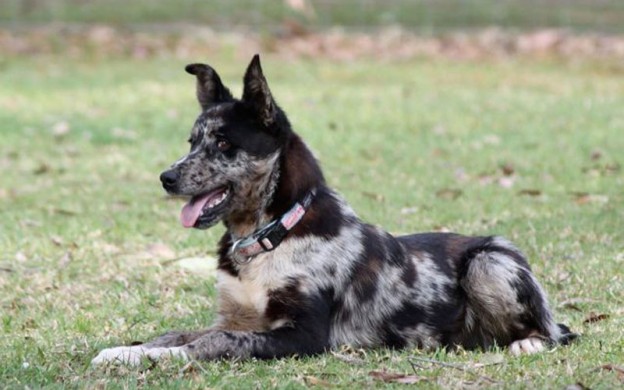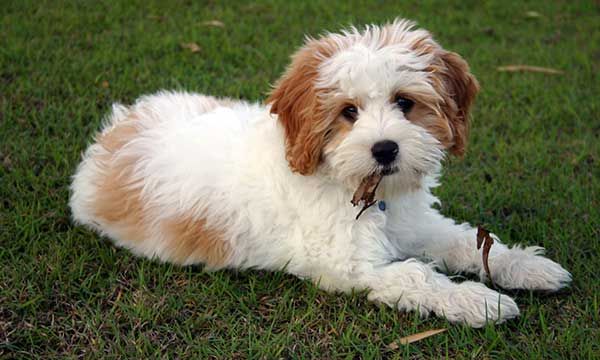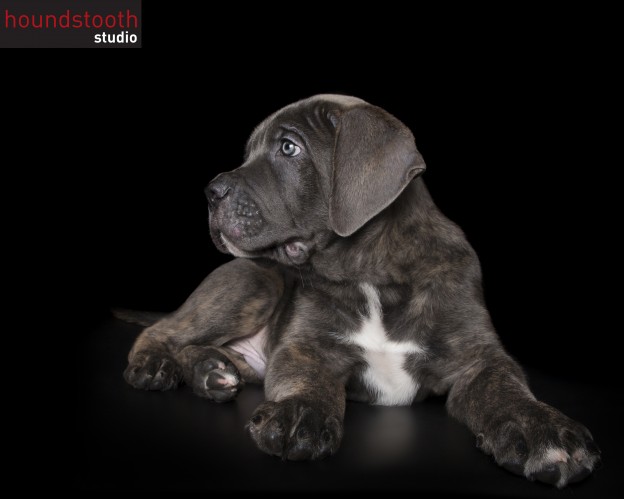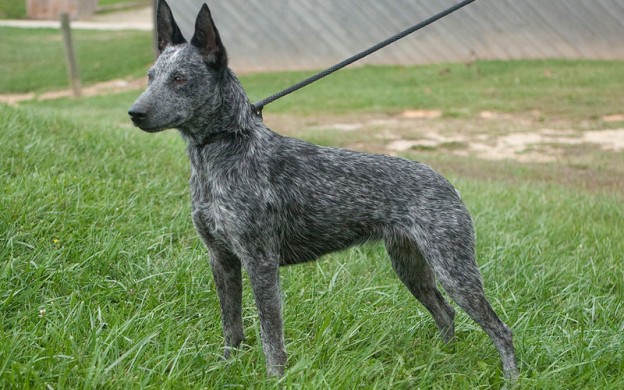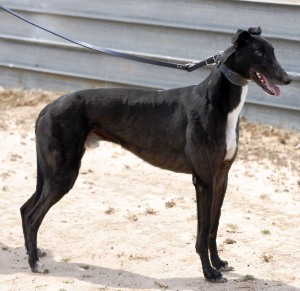
Facts
Personality: The Greyhound is a quiet, unassuming and gentle dog. It is very laid-back and is tolerant of strangers and children. It is a loyal and loving companion to its owners and should be taken in as one of the family.
Favourite activities: Despite its racing dog image, this pooch loves nothing better than whiling away the hours in comfort. In fact, “couch potato” is the Greyhound’s middle name! It will enjoy an outing once a day and is then satisfied to stay home and relax.
Backyard requirements: Because the Greyhound was bred to hunt and is part of the sighthound group of dogs (pursuing prey by sight rather than scent), it is important you have a securely fenced yard to prevent your dog from escaping to chase something that catches its eye. Because this pooch needs less exercise than you think, it’s not imperative that it has a large backyard in which to run around.
Watchdog qualities: The Greyhound is not known for its watch-dog qualities but will alert the family to strangers. Although it is a generally friendly dog, it will be aloof with those it does not know.
Inherited diseases: Most Greyhounds are healthy and free of the inherited diseases many other breeds suffer from. Dogs taken from the Greyhound Adoption Program are normally very healthy as racing dogs are usually kept in optimum condition.
Despite being the fastest dog on earth, the affable Greyhound likes nothing more than spending the day relaxing, surrounded by family and friends.
The gentle Greyhound has to be the most misunderstood of all breeds. With its racing track image and muzzled appearance, it comes across as a tough working dog born and bred for the track alone, a breed that does not fall into the category of pet or household companion. In fact, this assumption couldn’t be more wrong. Ask any Greyhound enthusiast who has taken one of these amazing dogs into their lives and you’ll hear stories of coach potatoes, gentle strolls around the neighbourhood and cherished companionship.
The Greyhound is one of the oldest breeds and has appeared in art and literature dating back thousands of years. They were especially popular with the ancient Egyptians and were often mummified and buried with their owners. It was in the desert areas of North Africa and the Middle East where the Greyhound was developed as a sight hunter, the breed being especially trained for increased speed.
The Greyhound went on to become popular with the aristocracy in many countries, where they were used for sport hunting, notably chasing hares in the English sport of coursing. This eventually gave rise to Greyhound racing, which placed the Greyhound firmly in the domain of the general populace and not only the aristocracy.
While Greyhound racing is still very popular in many countries (since the 1920s Greyhound racing has taken place on a circular track using an artificial lure), the intriguing Greyhound is slowly making its mark outside of the gaming industry and becoming accepted as a great household pet.
Greyhounds are superb sprinters – the fastest of all dogs and able to sprint up to 65km/h – but their endurance level is low and after sprinting, they will want nothing more than to relax for the rest of the day. According to the experts, the Greyhound needs less daily exercise than a working dog, perhaps only 15 to 20 minutes a day.
As with all dogs, young Greyhounds should be socialised to ensure they get on well with other dogs. However, because many Greyhounds will have come from the racing environment, they are usually well socialised as they would have spent most of their time in kennels around the other racing dogs.
Being a sighthound, the Greyhound will run after anything which catches its eye, so ensure you have a well-fenced yard to prevent your inquisitive hound from trying to escape. You should also exercise your pooch on lead.
If it’s an easy-care dog you’re after, you couldn’t do better than this breed. The Greyhound is known to many as the “drip-dry” dog because after a bath it can go for a short walk and be dry in no time. The Greyhound coat does not shed a lot so it’s ideal for those who don’t like hair around the house.
Many ex-racing Greyhounds will be used to living around other dogs and having constant company, so if you’re looking for a backyard dog, avoid this breed. Like most dogs, the Greyhound is very much a pack animal and although it will not object to staying outside while you are away from the house, it will want to be with you and the family when you return home. And according to the experts, if you welcome this breed into your home and life, you will be rewarded with a great and loyal companion.
Breed Care
Daily: The Greyhound is one of the cleanest dogs, almost cat-like in its fastidiousness. It is also an extremely easy-care breed and needs very little maintenance. Ensure it is fed an adequate diet and has fresh water daily. Due to its short coat, the Greyhound feels the cold more than other dogs so it must be kept warm in cold weather. It is very much a pack dog and enjoys being inside with the family when everyone is home.
Weekly: A quick brush with a hound glove once a week will get rid of any dead hairs. Provide bones to keep teeth clean. Check ears and eyes and make sure they are clean.
Monthly: Heartworm and flea treatments. Check if toe nails need clipping.
Other: Three-monthly gastro-intestinal worming, regular vaccinations. Bath once in six weeks or when necessary. Because of its short coat, the Greyhound dries very quickly, referred to by some as the “drip-dry” dog.



